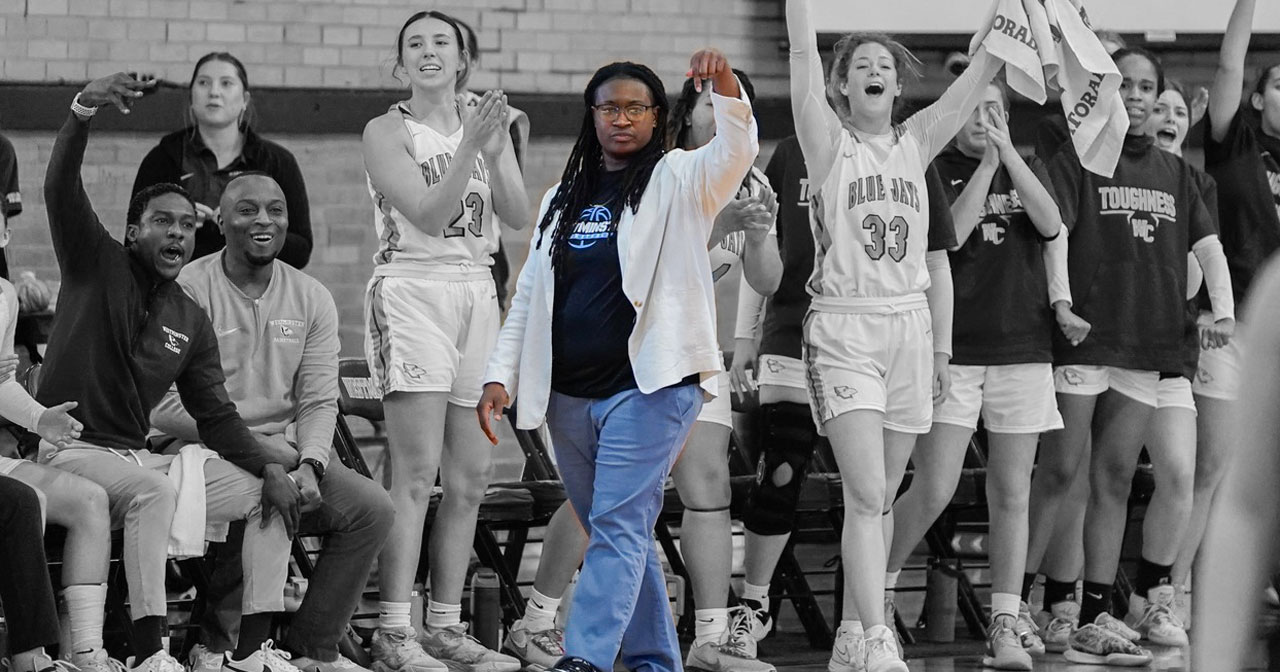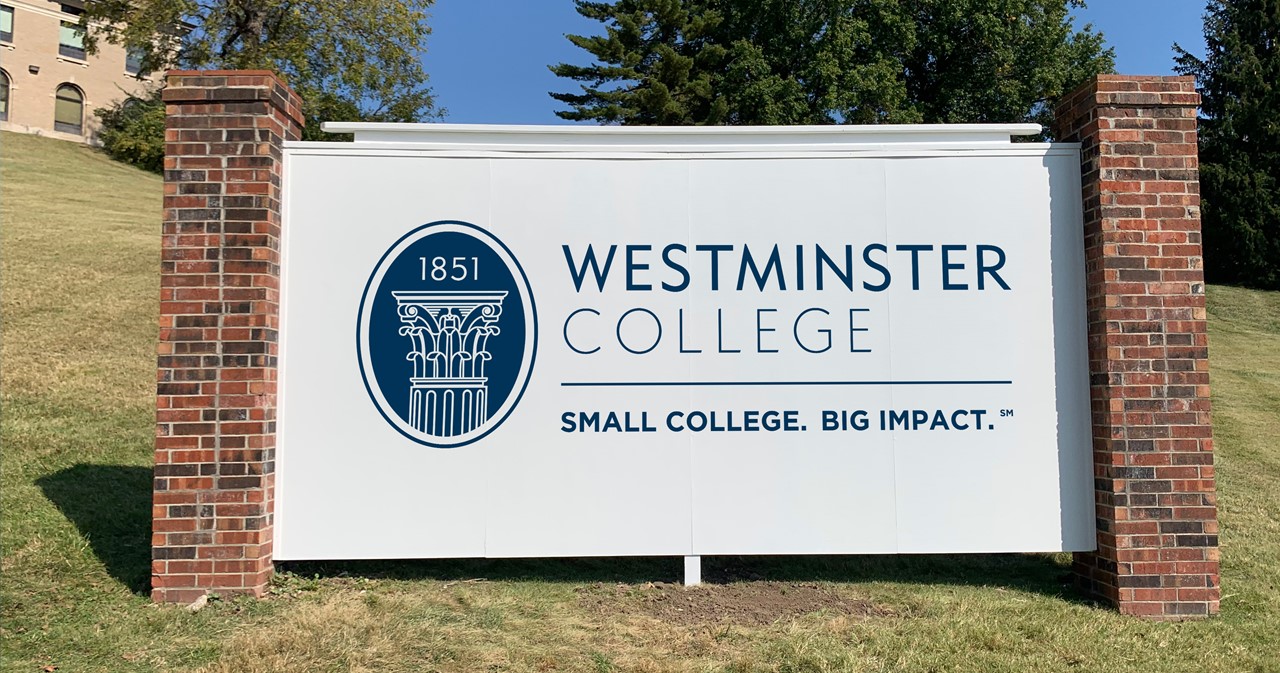This article was originally published in The Columns, Westminster’s student newspaper on November 13, 2017
By Jim Malven, Editor in Chief of The Columns
Dr. Fletcher Lamkin, who served as the president of Westminster College from 2000-2007, was appointed by Board of Trustees to the same position last month. Lamkin is replacing Dr. Carolyn Perry, who has been the college’s acting president since Aug. 18, when then-president Dr. Benjamin Akande resigned.
Lamkin said that he does not intend to have an inauguration ceremony but plans to be fully transitioned into the presidency by Thanksgiving break.
On Oct. 28, Lamkin and his wife, Cindy, stopped by Westminster to watch the Blue Jays’ football game. During the game, the president-elect talked with The Columns about his return to Fulton and his plans for his second term at Westminster.
From 2008 until earlier this fall, Lamkin presided over three other institutions in three different states, most recently, at the University of West Virginia, Parkersburg.
“I had a great job where I was … but this is where my heart is,” he said. “When I had a chance to come back, and I found that the board had voted unanimously to bring me on, I was delighted.”
Lamkin said that his love for Westminster is due largely to the college’s “great” mission and the multidimensional student experience that it facilitates.
“The one thing that’s been enduring for 166 years is that incredible student experience that we have here that does more than just academic learning – it’s all about building character, building leadership, being a good citizen,” he said. “All those ingredients are still here. People ought to feel great about being at Westminster College.”
Despite this strong student experience and everything positive the college has to offer in Lamkin’s view, fewer people are coming to Westminster. The college experienced enrollment growth during each of Lamkin’s eight years as president – and student population expanded by 26 percent overall during that period – but recently, enrollment has been declining. In fact, with a fall semester population of 766, as reported by Director of Institutional Research Sarah Parsons, the college now has fewer than 800 students for the first time since 2002-2003.
Lamkin proposed a few strategies for reversing this trend. First, he said that he has to analyze the school’s current enrollment strategy and see how recruitment personnel are being utilized.
From there, he said that he plans to advocate word-of-mouth recruiting.
“Students need to be talking this place up, faculty need to be talking this place up, and alums need to be talking this place up, as well as the administration and the actual enrollment representatives,” he said. “Enrollment is everybody’s job.”
Finally, Lamkin said that he will focus heavily on student retention, stating, “[Enrollment] is a combination of retaining the ones you have … and attracting new students.”
Lamkin explained that his retention strategy will consist of interacting with students – at Greek houses, SGA meetings and other events – as well as assessing the quality of academic programs, administrative support and on-campus housing.
“If there are issues, we’re going to correct them, and if there are things that are good, then we’re going to sustain,” he said.
However, Lamkin said the college might not be in a financial position to adequately correct negatives or sustain positives.
“We don’t have, quite honestly, a sustainable financial model to support the terrific student experience that we have here,” he said, adding, “That’s my job as the president – to make sure that we have the resources we need to do the job that we’re trying to do here.”
He said that there are two steps in establishing a sustainable financial model: using resources efficiently and acquiring additional resources.
“Since the recession of 2008, middle-class families don’t have the disposable income that they used to have, so we need to keep the costs down,” Lamkin stated. “We do that through being very efficient in the way that we spend money and use resources and being sure that we support programs that have the most bang for the buck.”
In order to get more resources, Lamkin said that the college’s administration needs to form a “strategic plan” and then reach out to potential donors.
“We need to have our ‘I’s dotted and our ‘T’s crossed and make sure that we have developed a plan that makes a lot of sense and is supportable,” he said. “And, then, with that plan you go to the people, the donors of the college, and get them to appreciate what’s here and to believe in what we’re doing.”
Lamkin said that he hopes to ultimately raise the college’s endowment to $100 million. Based on the latest figures, this would be a jump of approximately $44 million.
During his first term at Westminster, Lamkin oversaw a capital campaign that raised $80 million, a record for private colleges of Westminster’s size in Missouri, according to Westminster News. $30 million of those funds went to the renovation of Coulter Science Center.
“My experience with the wonderful Blue Jay Nation is that if they believe, they will step up, and they will support this college,” Lamkin said.
This is the editorial account for Westminster College news team. Please feel free to get in touch if you have any questions or comments.






